Check out their awesome work. Could you build their switches from their models? I hope so!
|
The practice of modeling is an important part of engineers' work. Not only must they show the important parts of what they are trying to represent, but models also explain how something works. As a culminating part of their electrical engineering unit, third graders are drawing models of the switches they designed, tested, and improved to be a working component of their circuits! Check out their awesome work. Could you build their switches from their models? I hope so!  As third graders come to a close in their electrical engineering unit, they've officially designed a circuit that has two functional switches made out of everyday materials. They are spending time communicating their findings in writing so that another electrical engineer could replicate their work. In the picture to the left, you see a third grader's diagrams for both of her switches. Students also had to create a schematic diagram for their entire circuit in action! The electrical engineers in third grade are surely being creative! Check out some of these completely functional and creative switch designs!
Using a lever that moves up/down, some third grade groups have successfully designed a working switch! They've carefully selected conductors and placed them on the lever where it would complete the circuit when down. Way to go third grade! Check back for more designs as they work through this challenge!
With our ultimate design challenge underway, third graders are putting everything they've learned in their electrical engineering unit to work! Their ultimate design challenge requires them to design two working switches! They first had to imagine what their designs could look like following the following criteria:
1. The switches must be levers. 2. One lever must move up/down. 3. The other lever must move left/right. Check out some of the third graders' plans below! Check out these other "no-wires" solutions from the other third grade class. We're surely getting creative!
Mrs. Brinza! How can you possibly create a circuit without wires?!?!
Boy, were they up for the challenge! Using a "mystery conductor," third graders worked in teams to create an alternative to wires as part of a circuit. The "mystery conductors" ranged from paper clips, to metal button, to aluminum foil and washers. They all discovered one thing...the metal must touch in order for electricity to pass through! Check out their designs below! Not all circuits are arranged the same way. Using the same materials for each circuit (one battery, up to three light bulbs, and many alligator clips), third graders are exploring the differences between series and parallel circuits. They've discovered the main differences between the two.
1. Series circuits have only one path for the electricity to flow. 2. Every time you add another light bulb to a series circuit, the light bulb gets dimmer and dimmer. 3. Parallel circuits have more than one path for the electricity to flow. 4. Every time you add another light bulb to a parallel circuit, the light bulb's brightness stays the same! 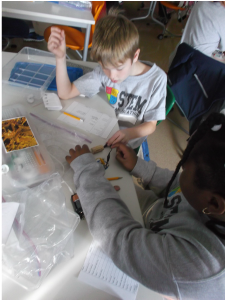 As third graders dig deeper into electrical engineering, not all materials can conduct electricity. Those that allow electricity to pass through them are called conductors. Those that do not allow electricity to pass through them are insulators. Using a wide variety of materials, third graders are learning to revise their claims as to what materials actually are conductors and those that are insulators. They are collecting evidence using a simple circuit that is open, inserting a material. If the light bulb lights up, then the material is a conductor. If not, then it's an insulator! Creating a "super-battery" from 8 batteries, Mrs. Brinza rigged up a homemade light bulb. Connected by electrical tape the eight batteries provide enough energy to light up the graphite that is suspended between the two alligator clips under the glass jar. Although this looks really neat, this light bulb is actually very inefficient.
How does it work? (From Steve Spangler's Website) When you touch the free ends of the alligator clips to your "super battery," you form a complete circuit. That means electricity flows freely through the entire apparatus that you have just built. This flow of electricity channels through the graphite-based mechanical pencil refill that is connected by alligator clips. The flowing electricity has a noticeable effect on the pencil refill. The thin refill begins to glow and give off smoke. This happens because the electricity heats the graphite refill to an incredible temperature. So, if you are hoping to save some money by using your own homemade light bulbs around the house,stick with the store bought ones. It's not as cool, but it is safer. Amazing! Click here to build one yourself (or on the Homemade Light Bulb link on the Homemade Light Bulb link to the right). Kids, remember to always have adult supervision and protective eye wear handy! |
Mrs. BrinzaCan you use just a little less electricity each day? Find out what a electrical vampire is and challenge yourself! Archives
December 2013
Useful Links
|
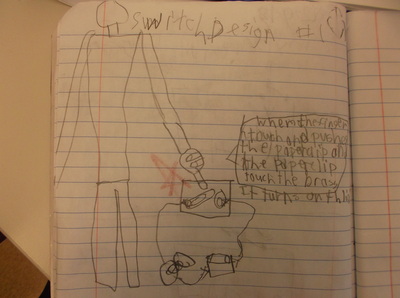
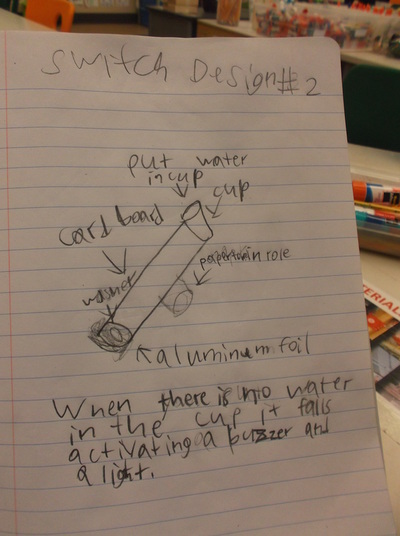
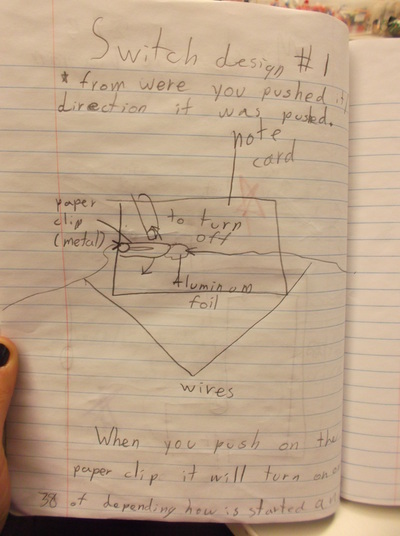
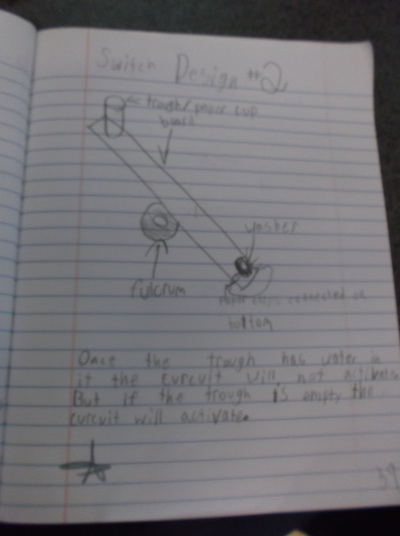
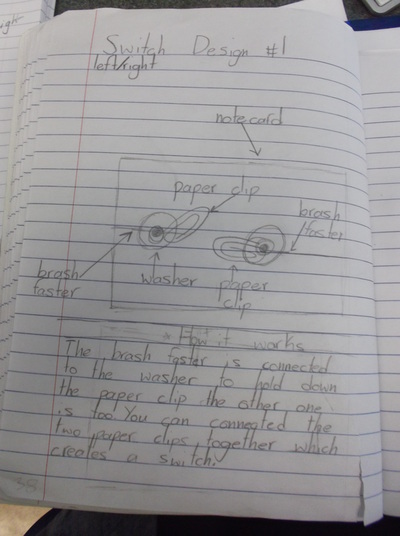
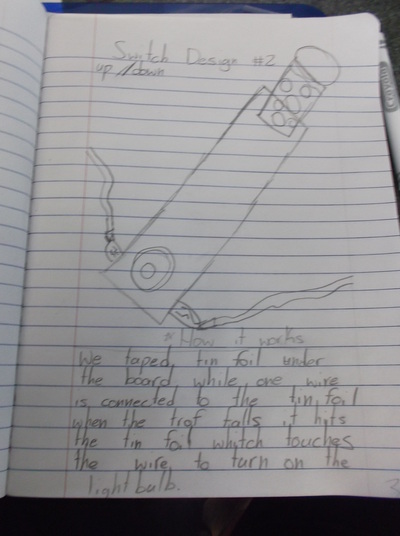
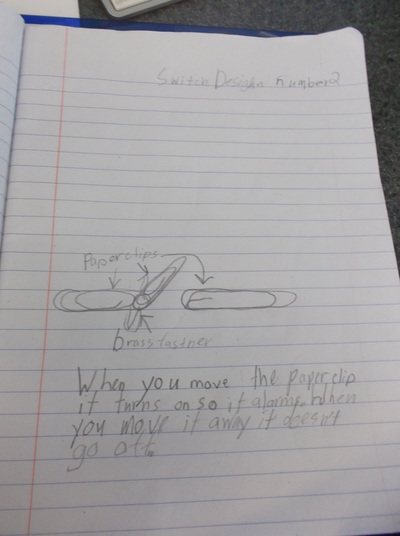
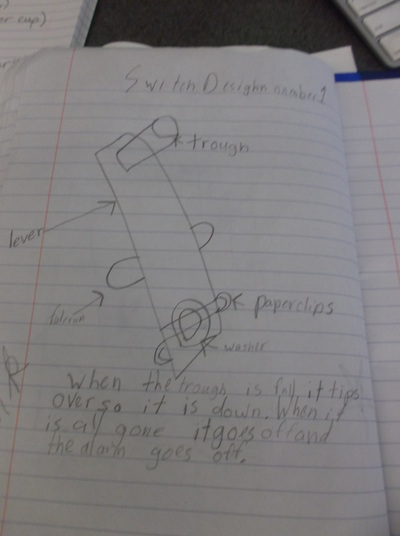
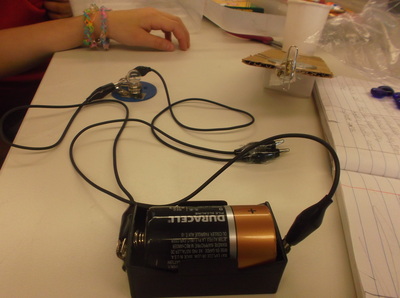
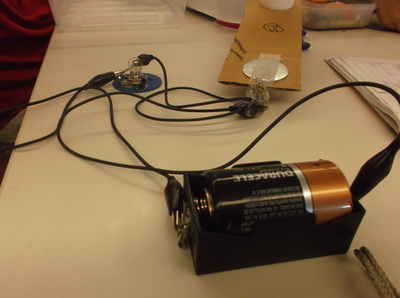
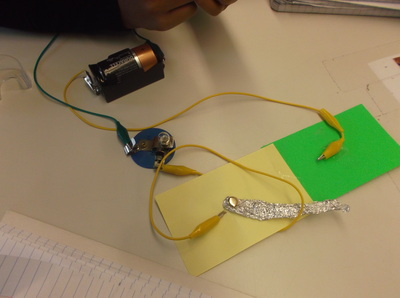
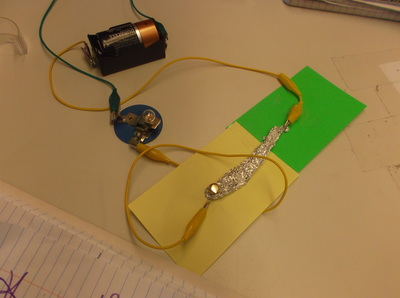
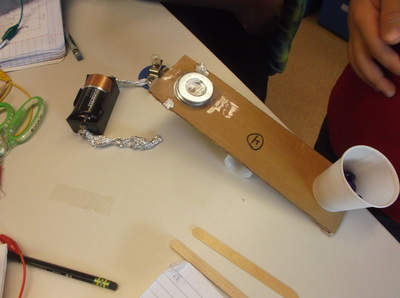
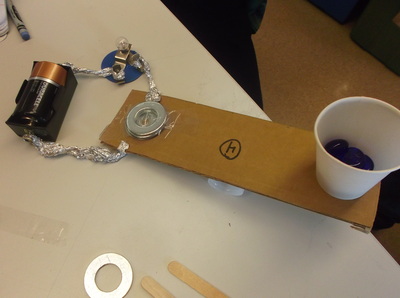
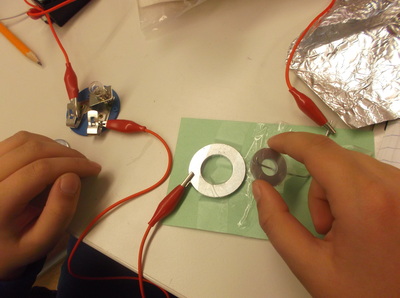
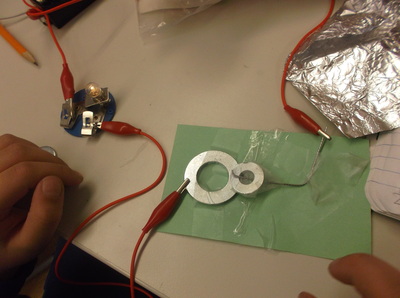
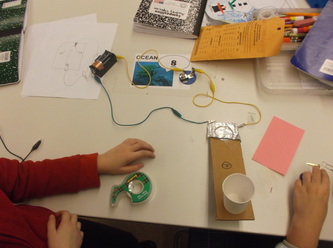
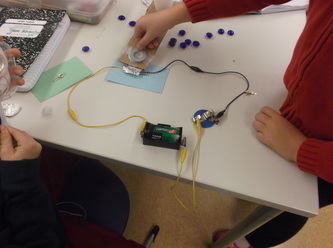
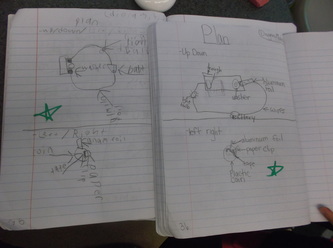
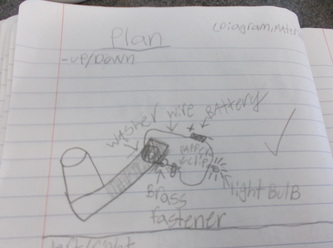
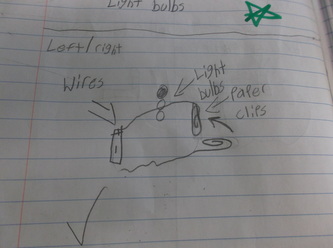
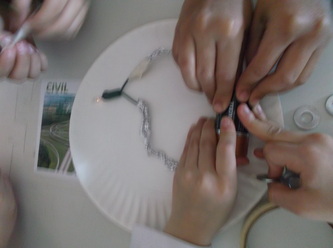
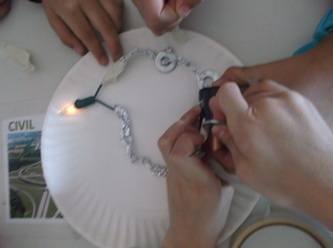
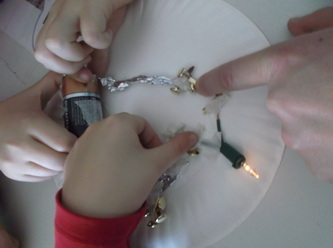
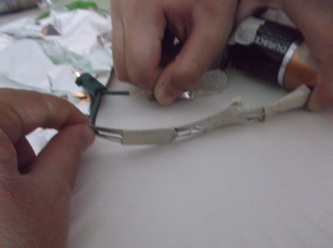
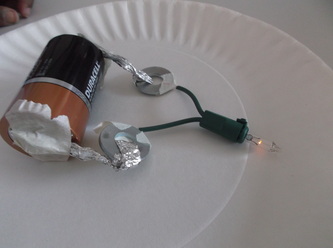
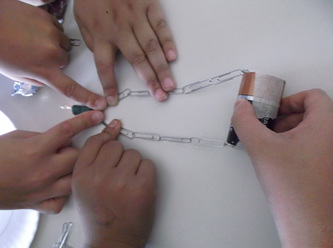
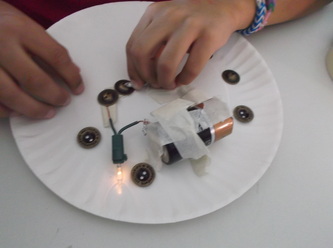
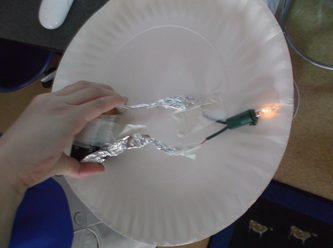
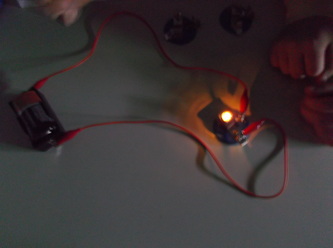
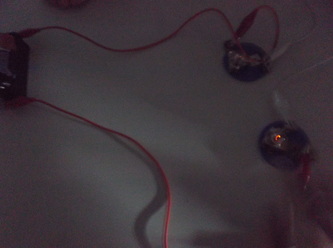
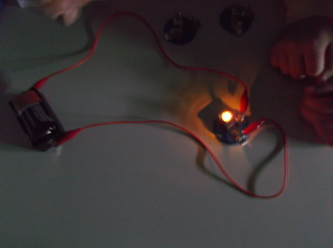
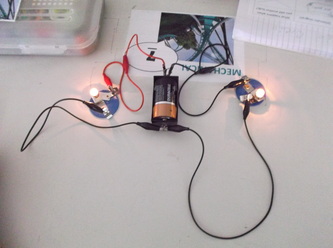
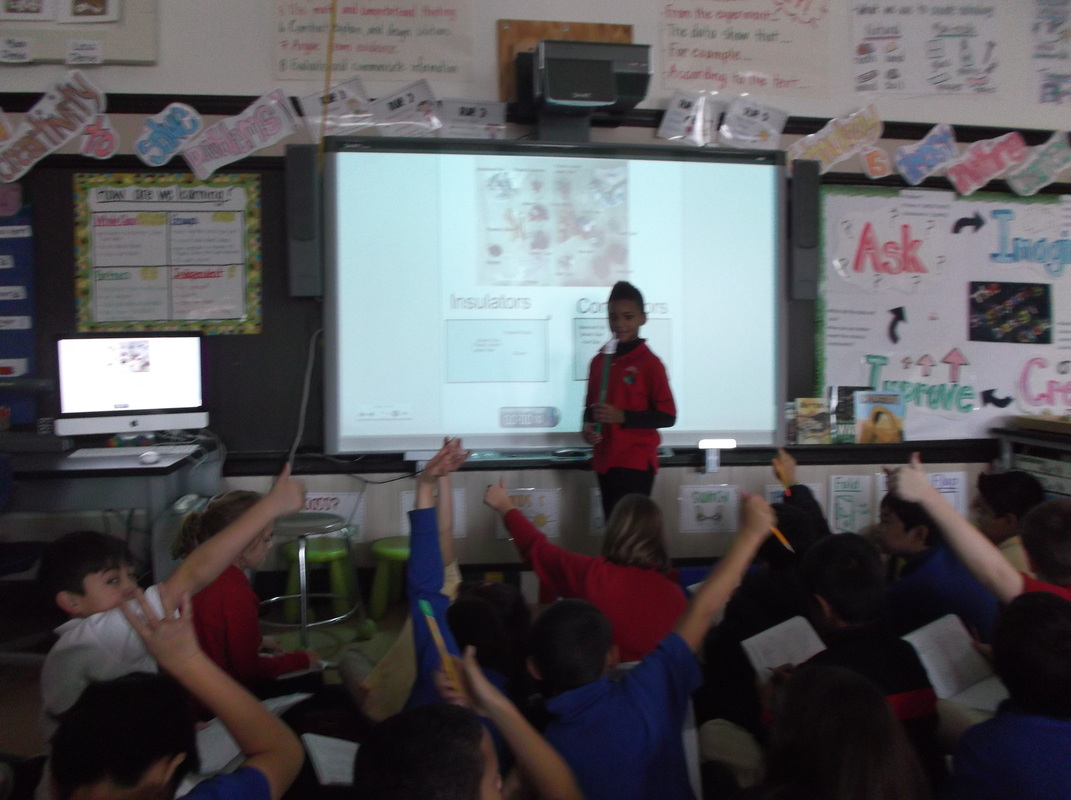
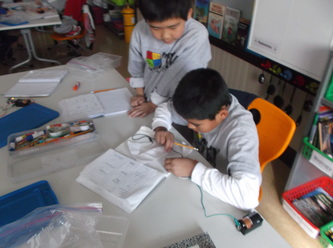
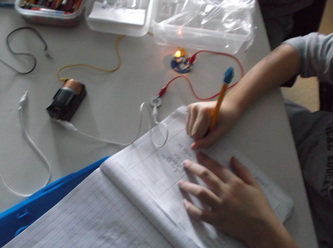
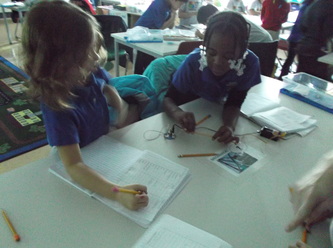
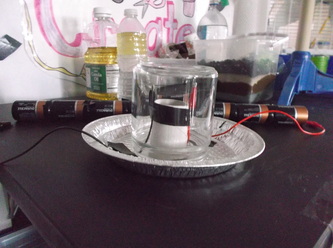
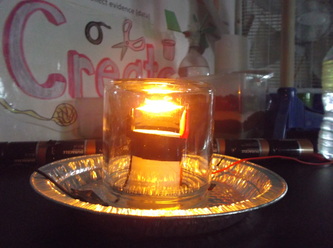
 RSS Feed
RSS Feed